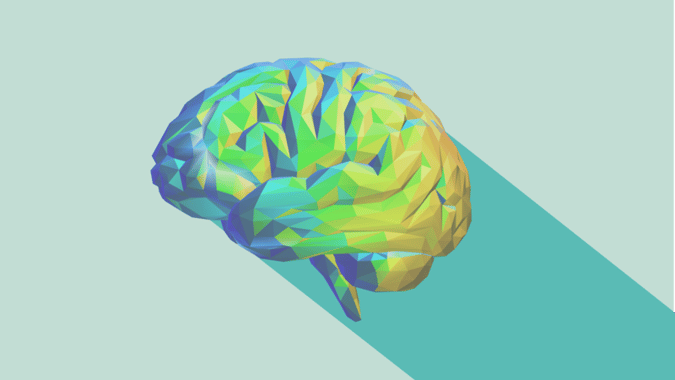
Are You Unconsciously Biased? (Yes)

We break down the first step to tackling unconscious bias in the workplace – recognising that everyone (including you) is biased.
Yes, you’re biased.
But don’t be offended. Firstly, everyone is biased – and secondly, unconscious bias doesn’t mean you’re racist, sexist or transphobic. It’s a process that takes place outside the reach of conscious thought and control, at such a basic level that it’s near-impossible to overcome. Awareness of your own bias, however, is an excellent first step towards minimising its negative impacts.
What’s the science behind unconscious bias?
Also known as implicit bias, unconscious bias is a cognitive process that starts in the amygdala. This “fight or flight” part of your brain rapidly categorises people into two groups: “like me” and “not like me”. Your hippocampus then forms links between incoming information and your subjective memory or experience, before your left temporal lobe and frontal cortex create the link to any social stereotypes you’ve been exposed to. All of this information transfer in the brain takes place in a split second – just long enough for us to create what we refer to as a first impression.
Another term used by researchers studying unconscious bias is mindbugs. A mindbug is an “ingrained habit of thought that leads to errors in how we perceive, remember, reason and make decisions”. Mindbugs can be triggered visually (by seeing someone your amygdala categorises as “not like me”) or experientially, creating false inferences such as “this person is not trustworthy”.
What’s the evidence?
There is a test for measuring unconscious bias called the Implicit Association Test (IAT), popularised by Malcolm Gladwell in his bestselling book, Blink. The test uses response times to measure how words are associated with images and infers how strongly concepts are tied together in your memory. Participants tend to subconsciously link stereotypes such as “young” and “beautiful”, or “male” and “clever”. But when asked to make a link between a pair that goes against implicit associations (for example “old” and “energetic”), it takes participants fractionally longer to overcome their bias. The longer the time (the theory goes), the greater the bias.
Results from tens of millions of IAT participants overwhelmingly show that everyone has some form of unconscious bias, although the test has recently come under heavy criticism.
Even discounting the IAT, there are plenty of other studies confirming the existence of unconscious bias, particularly in regard to race. Scientific American sites examples including perceptual illusions in which white subjects perceive black faces as angrier than white faces with the same expression, or people seeing harmless objects as weapons in the hands of black men, or simply disliking images when paired with black faces.
Three Common Types of Unconscious Bias
There are reportedly dozens of types of unconscious biases that are playing out in workplaces everywhere. Let’s focus on three common types: affinity bias, perception bias and confirmation bias.
-
Affinity bias occurs when you are more receptive to people you feel you have an affinity with – they may have attended the same university, follow the same football team, or simply remind you of someone you know and like.
-
Perception bias means stereotyping a person based on a perceived “group” they belong to. Examples might include assuming a Millennial is a job-hopper due to generational stereotypes, or that people from particular ethnic groups work harder than others.
-
Confirmation bias involves looking for information that supports your pre-existing views on a certain topic or person, while ignoring any evidence to the contrary.
By nature, unconscious bias is hard to spot and even more difficult to overcome, but a key step you can take to combat bias is to recognise its existence. Question the so-called “first impressions” that you form about people, and take a moment when making hiring decisions to examine the possible biases behind your choices.
Trying to completely eradicate biases, however, is an impossible task. This is why strategies and processes are needed that bypass these biases in your hiring and decision-making. Stay tuned for part two of this series which will explore how organisations are tackling unconscious bias.
Talk to Six Degrees Executive about minimising the impacts of unconscious bias in your recruitment processes.
Related


Stay ahead of the EOY crunch with contracting
Even though December comes around the same time every year, somehow it still manages to hit us with...
.jpg?width=352&name=FMCG%20Sales%20-%20Blog%20(3).jpg)
FMCG Sales: 2025 Trends & Hiring Challenges
In a market defined by consolidation, and caution, FMCG Sales leaders are facing increased pressure...

 Accessibility
Accessibility